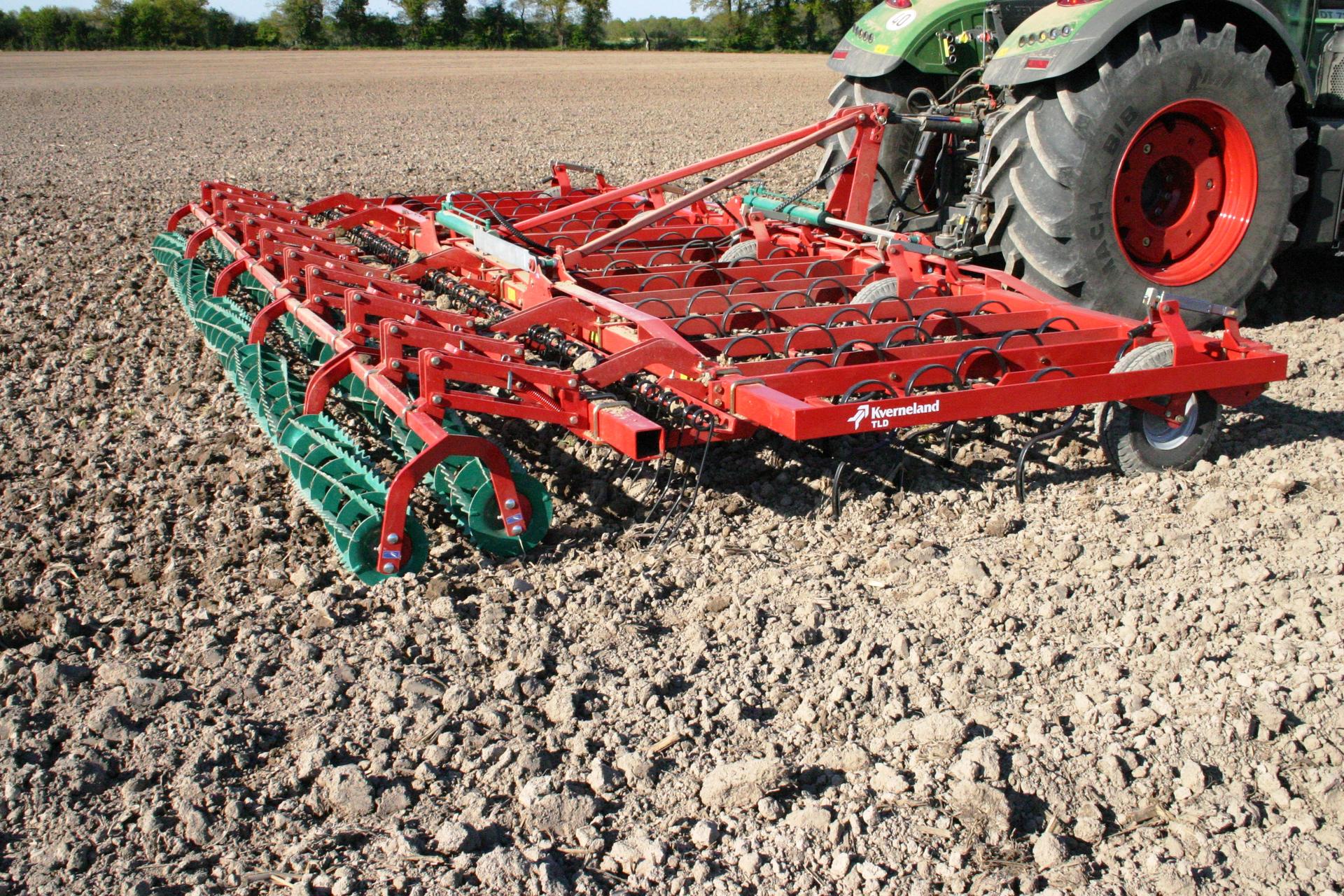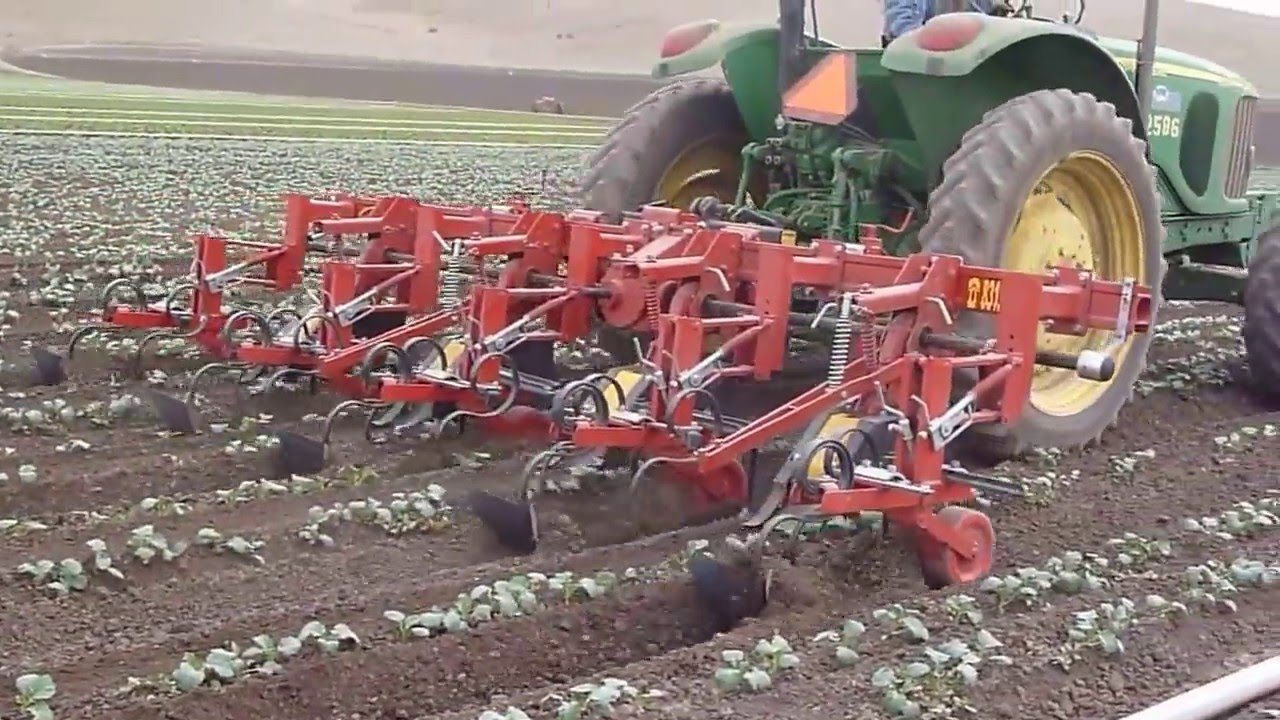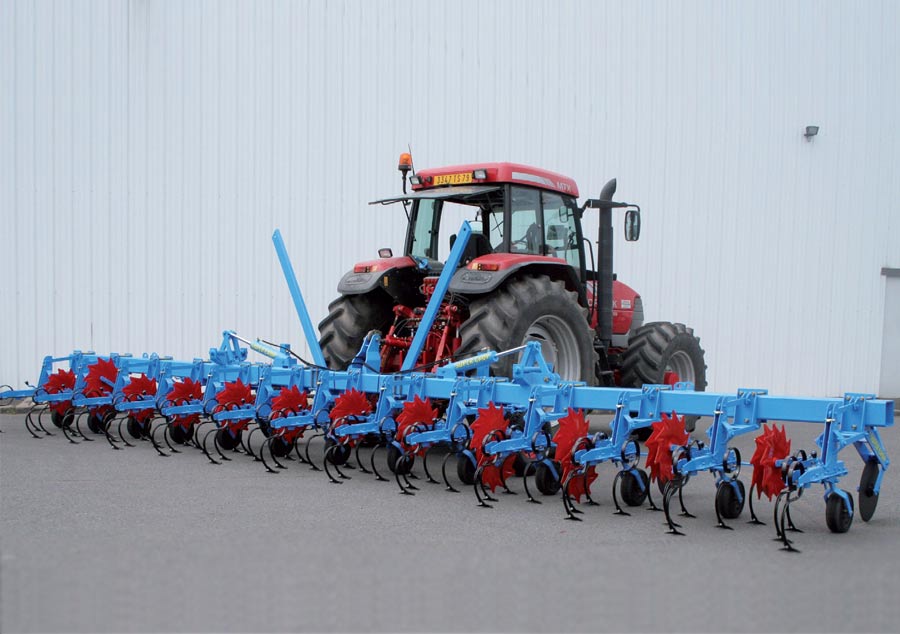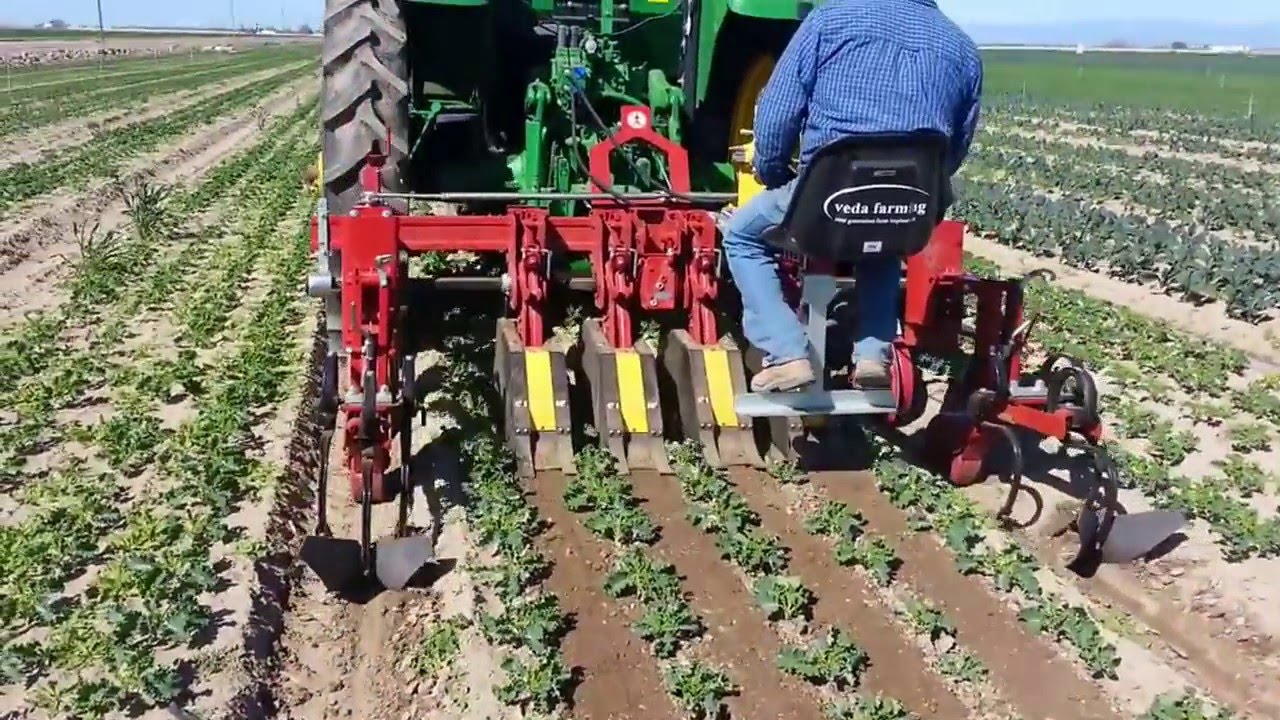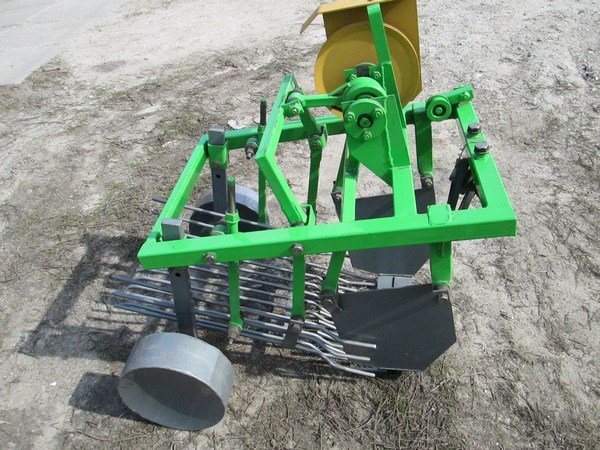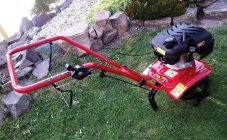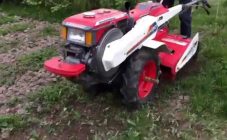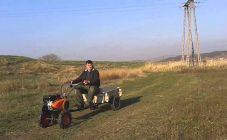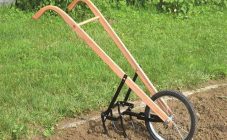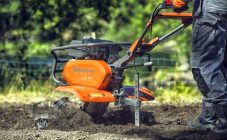Content:
Working on a garden plot involves mandatory measures for digging up land, applying fertilizers and combating weeds. To minimize human effort, mechanical devices - cultivators - were invented.
A cultivator is an agricultural machine powered by electrical energy or liquid fuel. Cultivators are especially popular on an industrial scale when processing the soil layer. The presowing cultivator prepares the soil for planting vegetable crops. Digging up solid, large areas and subsequent processing of individual formed beds make it possible to facilitate physical labor.
The leading supplier of cultivators in the world is the Minsk Tractor Plant (MTZ), which specializes in all types of machines. It is included in the top 10 largest enterprises for the production of agricultural machinery.
Inter-row tillage involves loosening the soil between plants during the growing season. This is necessary to maintain the natural microclimate of the soil, activate air and water exchange in plant roots, and stimulate the vital processes of microflora. For such purposes, separate devices were invented - inter-row cultivators.
Inter-row cultivator
Inter-row cultivator is a separate class of cultivators that allow the soil surface to be processed between the rows of crops. For the successful implementation of land cultivation measures between the rows, it is necessary to take into account two points: the maximum growth of the root system of the crop and the maximum width of the unit. The width between the middle lines of adjacent rows must match the sum of these parameters. In this case, the treatment will be carried out without traumatizing the roots. As the plant grows and an extensive root system forms, the number of cutters installed can be reduced.
Inter-row cultivators are especially often used on potato and beet plantations. However, this does not mean that the devices are unsuitable for other cultures. Competent planting of any crop that allows the cultivator to pass can be weeded, loosened and, if necessary, hilled.
Types of cultivators
The abundance of varieties of cultivators allows you to choose a complete set suitable for individual human needs.
Cultivators are subdivided according to the type of working tools into milling and clawed ones. The inter-row milling cultivator may differ in the set of cutters included in the delivery set, which are responsible for loosening. The cutters differ in coverage width: 60, 80 or 90 cm.
Feet are considered more versatile designs, since they can be supplemented with various attachments. These can be flat cutters, rippers, tillers, furrow cutters or universal shares.
The ease of installation and use of the paws made the device popular. According to the configuration, the paws can be either one or two-sided. The use of double-sided paws will allow hilling from both sides of the row at once.
A weeder is used to combat weeds. The device is an iron frame with knives and a special drum installed on it. The blades have the function of cutting the weeds that are thrown back by the drum. Until the entrances appear, weeding can be done with a harrow.
Loosening can be combined with hilling. Hilling is especially often used on potato plantations. This will require a hiller-type attachment or disc attachments. To do this, it is necessary to hang a hitch on the walk-behind tractor, on which the plows are installed. The use of disc attachments involves setting the angle of rotation and the distance between them. This space can fluctuate between 40-70 cm, depending on the height of the bushes being hilled. Setting the angle of rotation of the nozzles is based on the density of the soil layer.
With regard to the type of traction, manual mechanisms, tractor types and devices attached to motor cultivators can be distinguished. To use the walk-behind tractor as a ripper, planting the crop should take place at a distance of 70 cm between adjacent rows. In addition, to reduce the loss of time, the maximum possible length of the beds should be formed, leaving space at the edges for the mechanism to turn.
Hand cultivators are small and more mobile. They are designed to work in small areas. Large cultivators are more suitable for large areas requiring high manual labor.
On the basis of the number of rows possible for hilling, one, two, and multi-row mini tractors are distinguished. Such devices allow to process large sown areas in a short time.
Recommendations for use
To extend the life of the cultivator, it is better to leave preference for models with a higher power with the same parameters. The motor of such a device will not work at full power, increasing the service life due to less wear.
Before using the cultivator, it is necessary to clean the area of stones and other solid debris. Foreign objects can interfere with the operation of the milling system. Wire, garter material left over from last season can cause malfunctions by wrapping around rotating parts.
When working with cutters, the device may be pulled forward. Attempting to hold the machine with your hand could result in the operator falling and causing injury. When working on virgin soil and observing such a phenomenon, immediately release the throttle and clutch levers to activate the emergency braking mechanism.
Overly moist soil will also be ineffective. The formation of too large clods of earth will require additional measures to crush them. The operation of the device itself will be difficult, since the cutters will be stuck in the damp earth. After a series of rainy days, it should be allowed to dry for 1-2 days.
In models equipped with a reverse speed, it is prohibited to turn it on with installed plows, tillers or other devices. Before engaging reverse speed, tilt the cultivator so that the implements are above the soil surface.
How to assemble an inter-row cultivator
The commercial offers of stores are often distinguished by the high cost of the finished product. In addition, purchases of additional attachments or attachments are included in the expense item.To save money, you can independently assemble a cultivator for inter-row tillage.
There are several key stages in the assembly and manufacture of the mechanism:
- You must choose 3 steel discs or rings, with a diameter of 10, 20 and 30 cm;
- Install discs on a metal pipe with a cross section of 25 mm, with a distance of 15 cm between them, placing them in descending order of size;
- It is necessary to weld spikes from metal rods 12 cm in length. On the disc of the smallest diameter - 5 pieces, on the middle - 10, on the largest - 15. Another 10 should be distributed along the pipe;
- Using bushings and abutments at an angle of 45º, fix the discs to the frame of the device;
- Mount the guide wheels on the bracket 7 cm wide and 4 mm thick, after making holes in it.
In conclusion, we can say that with the development of agriculture and household plots, a need arose for the creation of mechanized devices that reduce the time required to work with the soil. Digging, loosening, weeding can be carried out using cultivators.
A separate type of inter-row cultivators has been invented for processing row spacings. When choosing, one should take into account the scale of growth of the root system of plants and the maximum coverage. When the sum of these parameters coincides with the width between the middle lines of adjacent rows, the treatment will be as efficient and safe for plants as possible.
The disadvantages include the high cost of factory vehicles. In this regard, having the appropriate skills, you can independently assemble a simple structure for personal use. This will allow you to avoid heavy expenses for the purchase of a branded device and reduce the time and effort spent on mandatory work with the soil.
